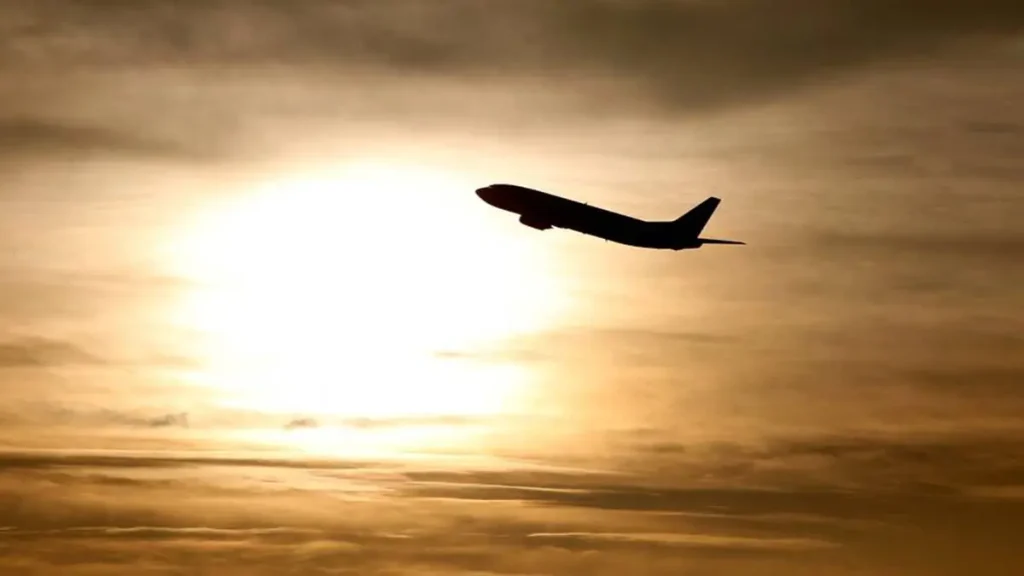Spirit Airlines, once considered a rising star in the travel industry, has filed for Chapter 11 bankruptcy, marking a dramatic change in the trajectory of the Florida-based carrier. Once thriving on its simple, ultra-low-cost business model, Spirit's fortunes began to deteriorate due to post-pandemic changes in consumer preferences, growing debt and operational challenges.
With the airline's woes under scrutiny since the $3.8 billion merger deal with JetBlue Airways was blocked by a federal judge in January, industry experts believe Spirit's financial problems were long in the making.
Spirit’s pre-pandemic success
Before the pandemic, Spirit Airlines disrupted the travel industry by offering ultra-low fares, attractive to price-sensitive travelers. This strategy has forced major carriers like Delta and American Airlines to introduce similar budget options to compete.
The key to Spirit’s success lies in its operational efficiency:
- High Aircraft Utilization: Spirit's planes flew more hours per day than most competitors, maximizing revenue potential.
- Denser seat configurations: By fitting more seats on each plane, the airline optimized space and revenue per flight.
- Integrated fleet: operating a single aircraft type has minimized maintenance and training costs.
From 2011 to 2020, Spirit recorded double-digit operating margins, becoming a model for low-cost airlines globally.
The disruption of the pandemic
THE global health The crisis has disrupted travel patterns, seriously affecting airlines. Although travel demand has since rebounded, the landscape has changed dramatically:
- Shifting Consumer Demand: Post-pandemic travelers, particularly middle- and upper-income households, have turned to full-service carriers offering more comfort and flexibility.
- Economic Pressures: Inflation has reduced the discretionary spending of Spirit's core customer base: budget-conscious travelers.
Spirit's average daily aircraft utilization fell 16% from 2019, adding to operational inefficiencies.
Post-pandemic challenges
The Spirit's attempt to find its walk dominance was hampered by several factors:
- Aggressive growth strategy: Between 2020 and 2023, Spirit added more than $2 billion in debt while increasing capacity by 27%, betting on a robust rebound in leisure travel.
- Rising costs: Non-fuel operating costs have skyrocketed, consuming 82% of revenue in the first half of 2023, 22 percentage points higher than in 2019.
- Supply Chain Issues: Engine supply issues with RTX's Pratt & Whitney turbofans have further strained Spirit's operations.
Competitive pressures in a crowded market
The leisure travel market, particularly in areas like Florida and Las Vegas, has become oversaturated. Spirit has faced stiff competition from low-cost carriers like Frontier Airlines and full-service giants like Delta and United Airlines.
Delta and United have relied on high-margin offerings like premium cabins and international routes to offset inflationary pressures. In contrast, Spirit has struggled to differentiate itself in an increasingly crowded market. Ticket prices have fallen, with Spirit's average fare per passenger falling 19% in the first half of 2023.
Frontier CEO Barry Biffle highlighted the competitive chaos, comparing it to “Costco, Sam's Club, Walmart and Target all opening on the same block.”
Failed strategic pivot
In June, Spirit announced plans to rebrand itself as a premium value brand. carriertargeting premium travelers. The move was aimed at generating 13 percent more revenue per passenger. However, analysts doubted Spirit's ability to compete with established full-service airlines.
Hooman Yazhari, a aviation bankruptcy expert, noted that Spirit lacked the financial muscle and brand reputation to pivot effectively.
Financial struggles and filing for bankruptcy
Spirit hasn't posted a full-year profit since 2019. Its growing debt load, combined with falling revenues and rising costs, made bankruptcy almost inevitable.
At the time of filing, Spirit's stock had lost almost all its value, reflecting lack of investor confidence. In comparison, competitors like Delta saw their shares rise 87 percent over two years, while Spirit's peers JetBlue and Frontier saw declines of 58 percent and 23 percent, respectively.
Spirit's bankruptcy highlights key lessons for the airline industry:
- Adaptability is key: Strict adherence to pre-pandemic strategies left Spirit ill-equipped to navigate a transformed market.
- Balanced Growth: Excessive leverage to finance aggressive expansion during uncertain times can lead to financial instability.
- Consumer-centric focus: Understanding and adapting to changing consumer preferences is essential for long-term success.
What awaits us?
The bankruptcy filing allows Spirit to restructure its debts and operations. The airline's ability to emerge stronger will depend on its ability to rationalize costs, redefine its market position and regain consumer confidence.
As the aviation industry continues to recover and evolve, Spirit's story serves as a cautionary tale: ambition outpaces adaptability. For now, Spirit Airlines, once a pioneer of the no-frills model, must chart a new course to survive in a tough business environment.







